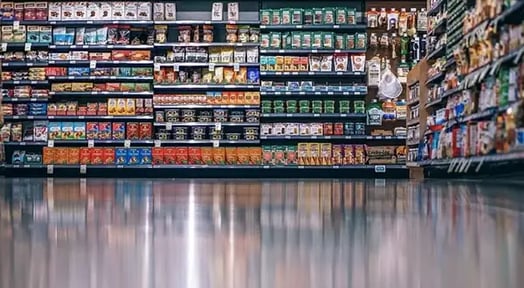For a long time, local grocery stores have allowed big food brands like General Mills and PepsiCo to determine most of the placement and pricing of their products in stores.

But recently, the balance of power has shifted away from shelf-ish supersized suppliers… and back towards regular retailers.
As a result, store-brand alternatives are replacing Big Brand products on the sweetest shelves… and you can bet your bottom Devil Dog that Tony the Tiger and Chester Cheetah aren’t happy about it.
It’s a cleanup in Aisle D…
And in this case, D stands for data.
In the past, big brands ruled the shelves because only so-called “category captains” like Kellogg Co., Kraft Heinz Co., and Campbell Soup Co. had enough data to set competitive prices and predict future food trends.
But thanks to new tech, Big Brands aren’t their best shelves
Grocers like Kroger have developed video-fed software programs that analyze “walk rates” (how long shoppers stare at snacks before they get bored) and enable them to put their store-brand products in “the strike zone” (the eye-level, snack-buying sweet spot). And the shift has serious financial consequences for big food behemoths: Since 2013, $17B worth of food sales — or 3.5% of the market — has shifted from Big Brands to snack startups, according to TheWall Street Journal.

